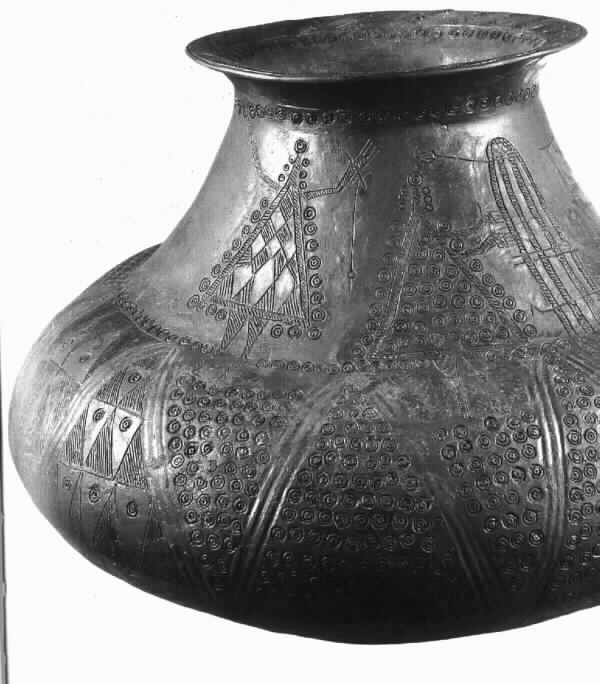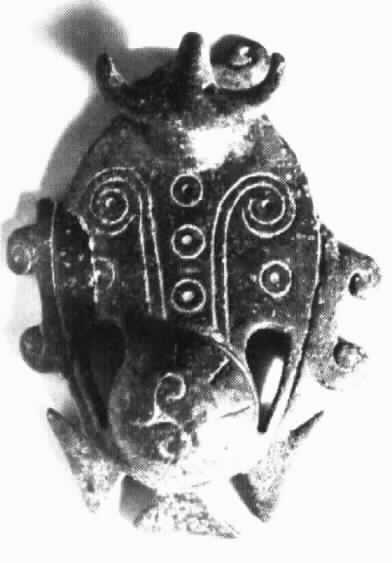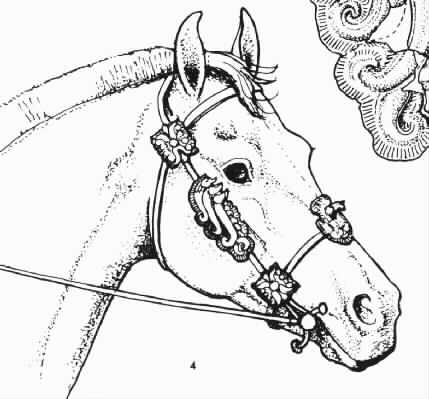
This section is to help with what was going on with the Late Roman Empire in 100-300AD; the date of most of my Ancient Roman Rings. Plus, some history/culture of the styles and fashions for rings in Roman times.
NOTE: ALL BELOW DATES are A.D.
FOOTNOTE: Above information taken from the book "Ancient Rome" by Michelle Breyer, M.A., pg. 9 & 67. Please see BIBLIOGRAPHY for more information.
I have been following up a lot on this fascinating provence of Rome. There were styles on the rings and artifacts that weren't quite fitting completely Roman. The shapes of the rings would be Roman, but the designs would often look Celtic in orgin. Finally, having found out who the Thracians are, it has become apparent that these people were of original Celtic origin. The Region of Thracia Southern and Eastern along the Danube River, was part of the Celtic Lands around 400 BC. Later, of course, they became their own country with Kings as their rulers. King Perseus of Macedonia failed to beat the Roman Army and Macedonia became part of the Roman Empire in 148BC. The Thracians , being on the empire's border, made raids and were taken as slaves to Rome. A famous Thracian, gladiator Spartacus, lead the famous slave revolt in 73-71 BC. Fighting among several tribes and Rome continued for about a century until around 46 AD when it became a provence. Unlike other provences, it was not made to "Romanize" as others in the past. Greek was the main functional language, and it had a Thraco-Hellenistic culture. The provence did not benefit much from Roman rule. A Roman urbanization policy of bringing immigrants with industrial, commercial and adminstrating skills to the region.This gave Thrace a "middle class" that craved the symbol of wealth to wear upon ones finger. This region was heavily used for the export of slaves, and this continued to drain the population of the natives. |  Above is a picture of a Celtic vase showing the many designs the Thracians adopted into their own designs. Dots within circles and hatching are quite common in Thracian design as it was used by their Celtic Ancestors. The vase was found in Sopron, Hungary. Footnote: From the book "The Celts", by Aedeen Cremin, pg. 15. |
 This bronze bridle decoration shows Thracian designs the are also typical in their jewelry. They favor lines, swirls, dots within circles, and the trinity symbol. Footnote: From the book "The Thracians", by R.F Hoddinott, pg.90. |
Some events happened in and around the provence and the city of Philippoplis(the ancient city were the artifacts are found near and around) that could give us reasons for some of the finds recently. One big reason is the current rush of technology into Bulgaria and Eastern Europe. Metal detectors and other items not available before are helping the ability to find the lost objects manifest. Plus, some events in the city's and provence's history help explain as well. There were two great plagues, one especially devistating in 176 AD killed almost half the population and lasted 20 years. There were many raids from the Goths of Thracian villages. In 250 AD, the Goths raided and sacked the city of Philippopolis taking much of the population as slaves and the city to plunder. Still a Gothic Civil War broke out in the area and devastated much of the provence. The Thracian people of the Roman area were not all impoverished, and Philippopolis was quite a RICH city until it's sacking in 250AD. |
|
Thracians often had their beliefs center around the Greek Dieties. Not too surprising since Rome did the same thing, just changed the names of course. However, they did have a few additions or changes to these legend. They had one particalar hero called the Horseman. He is often depicted on sanctuary tablets. There was an elaborate structure found in Philippoplis dedicated to the Horseman and he is often found to be connected to the Greek God Apollo. Another popular cult in Thrace were sanctuaries dedicated to the Three Nymphs, often located by natural springs. Tablets with these dieties have been found in near Plovdiv(modern city near where artifacts/rings are found.) Still, there is one Goddess called Bendis, who was worshipped by Thracians in Attica. Some documents also show her worshipped in Roman Aegean Thrace. She seems to be mostly a healing diety, maybe from the story of and original healing-priestess or wisewomen. She eventually was absorbed into the beliefs of healing influence of Phosphoros or Hecate and the Three Nymphs. Artemis-Diana later became the focus for her followers. |  The above diagram shows how the Thracians would use bronze and silver decorations on the bridle of the horses. The top part of the picture shows Thracian hatching design on a horse bridle decoration. FOOTNOTE: From "The Thracians, by R. F. Hoddinott, pg. 99. |
FOOTNOTE: The above written information in the Thracians section came from the book "The Thracians" by R.F.Hoddinott pages 129,149-150, 158-161. Full biliography of this book and all my resources in the Biliography Section.
This section still under construction! Will be coming soon!
Back to the Ancient Roman Ring Research Mainsite
Back to the Ancient Roman Ring Styles Page
Back to the Roman Map & Ring Terms Page
Back to the Tiffany's Crystal Jewelry Homesite
This page hosted by
![]() Get
your own Free Home Page
Get
your own Free Home Page